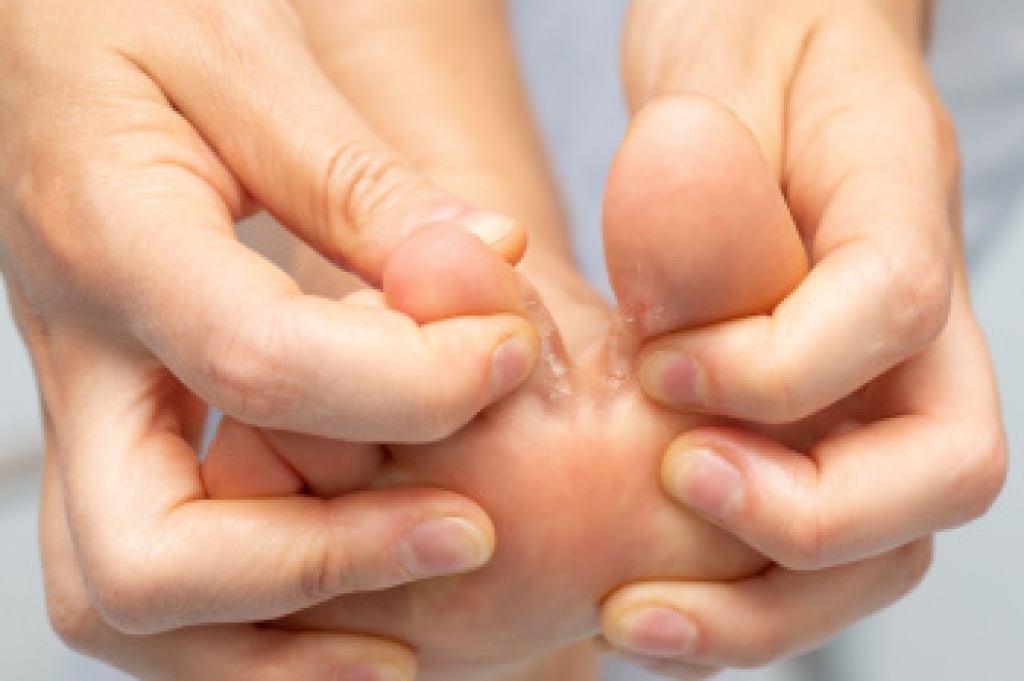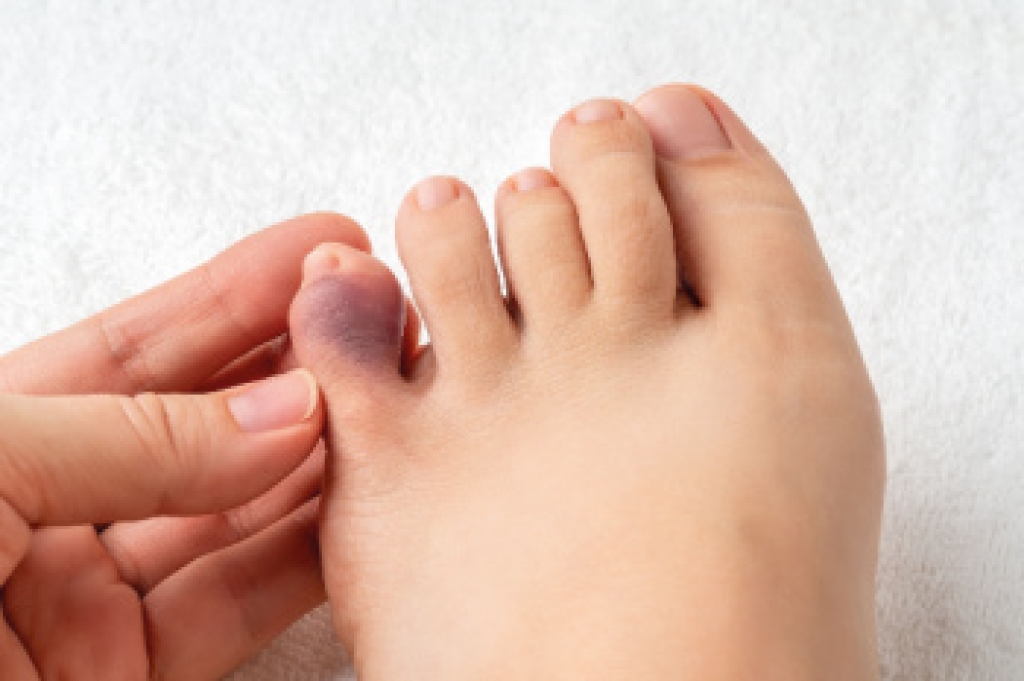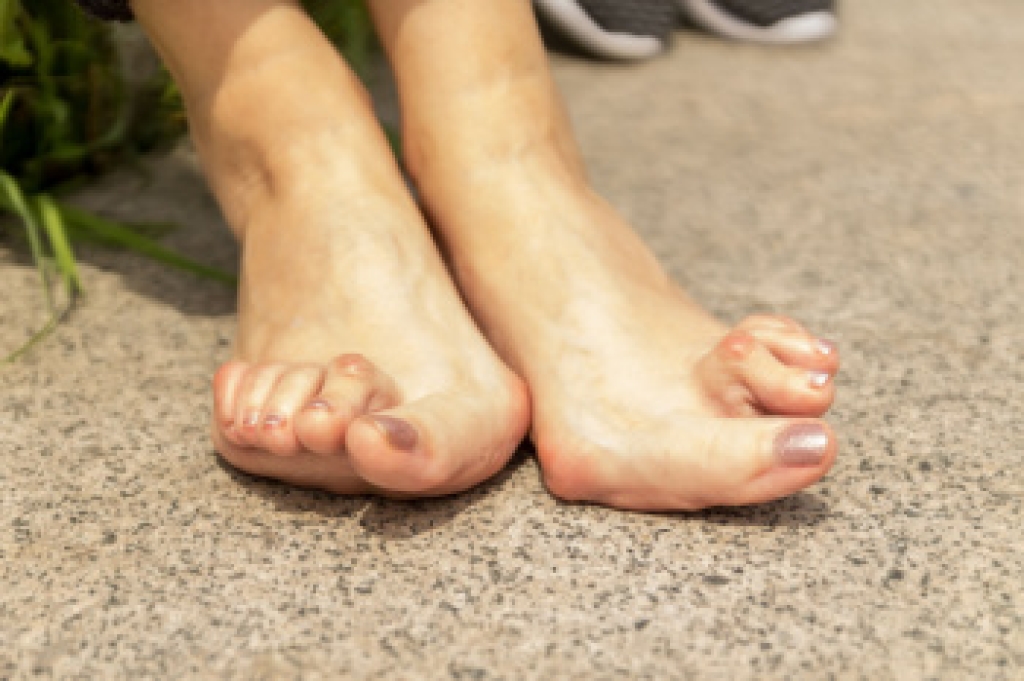
Athlete's foot is a fungal infection that affects the skin on the feet, often starting between the toes. It is caused by fungi that thrive in warm, damp environments. The infection leads to symptoms such as itching, redness, peeling, and sometimes blisters. Athlete's foot is extremely contagious and can spread in public places like gyms, swimming pool areas, and locker rooms. To prevent athlete's foot, it is important to maintain proper foot hygiene by keeping the feet clean and dry. Wearing moisture-wicking socks made of materials like cotton or wool can help reduce sweat build-up, which is a breeding ground for the fungus. Additionally, it is essential to wear well-ventilated shoes that allow the feet to breathe. Using antifungal powders or sprays can further protect against infection, especially for those who frequent public spaces. Regularly changing socks and avoiding walking barefoot in communal areas are also effective prevention measures. Athlete’s foot can be uncomfortable and unsightly. If you have developed this condition, it is suggested that you promptly contact a podiatrist who can effectively treat athlete’s foot, often with prescribed medication.
Athlete’s foot is an inconvenient condition that can be easily reduced with the proper treatment. If you have any concerns about your feet and ankles, contact Paul Potach, DPM from Illinois . Our practitioner will treat your foot and ankle needs.
Athlete’s Foot: The Sole Story
Athlete's foot, also known as tinea pedis, can be an extremely contagious foot infection. It is commonly contracted in public changing areas and bathrooms, dormitory style living quarters, around locker rooms and public swimming pools, or anywhere your feet often come into contact with other people.
Solutions to Combat Athlete’s Foot
- Hydrate your feet by using lotion
- Exfoliate
- Buff off nails
- Use of anti-fungal products
- Examine your feet and visit your doctor if any suspicious blisters or cuts develop
Athlete’s foot can cause many irritating symptoms such as dry and flaking skin, itching, and redness. Some more severe symptoms can include bleeding and cracked skin, intense itching and burning, and even pain when walking. In the worst cases, Athlete’s foot can cause blistering as well. Speak to your podiatrist for a better understanding of the different causes of Athlete’s foot, as well as help in determining which treatment options are best for you.
If you have any questions please feel free to contact our offices located in Wheeling and Berwyn, IL . We offer the newest diagnostic and treatment technologies for all your foot and ankle needs.





